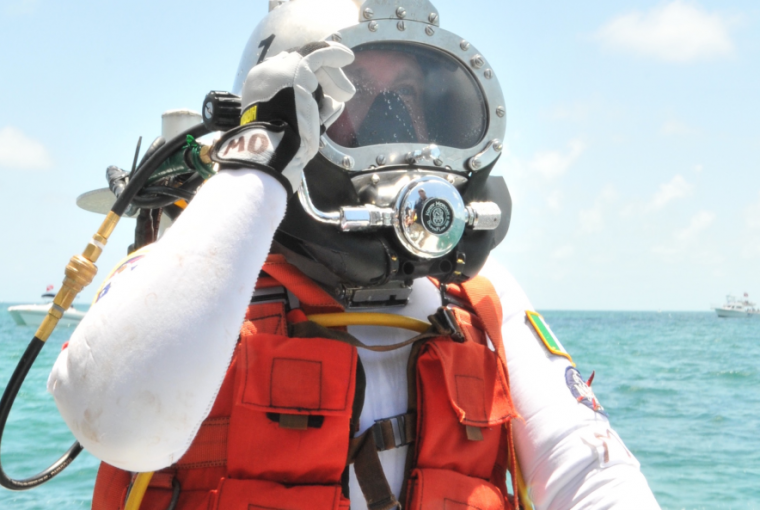Picture this. You find yourself having to live trapped underwater in 400sq ft for 10 days —how would you feel? How would your body respond?
Researchers studying NASA’s undersea extreme environment, “NEEMO” (Extreme Environment Mission) used Oura to find out.
—
When we hear “NASA” we usually only think of one thing: Space. But research can’t always be conducted among the stars, so researchers have to turn to other extreme environments to study how the human body reacts when pushed to its limits. That’s exactly what researchers at the Institute for Human and Machine Cognition (IHMC) and University of South Florida (USF) did in their most recent project. In this study, astronauts were replaced by “aquanauts” who lived underwater—not in space.
You can even put yourself in their shoes with Google Street View:
“NASA NEEMO is a space-flight analog mission conducted in Florida International University’s Aquarius Underwater Research Laboratory. This one-of-a-kind underwater habitat is positioned 5.4 miles offshore and 60 feet below the water’s surface, allowing aquanauts to live days and weeks at the bottom of the ocean. For researchers, this is a particularly unique opportunity to study how the human body responds to these extreme environmental conditions.”
– Andrew Koutnik PhD, Research Scientist, Institute for Human and Machine Cognition

Image provided courtesy of FIU’s Medina Aquarius Reef Base Program.
In this landmark research, published in Frontiers Physiology, the IHMC and USF research team conducted a multi-institute and multi-mission study where they evaluated the mental and physical health of aquanauts living underwater for 10 days. To simulate space-flight missions, these individuals aren’t sedentary; their days were filled with “mission task load and demands, communication logistics, geographical isolation, extravehicular activities (EVAs), associated risks, and others.”
All of that takes a toll on the body, so, among a full team of devices, Oura was used to capture changes in sleep quantity & quality, heart rate, autonomic modulation, respiratory rate, and body temperature.

Image provided courtesy of FIU’s Medina Aquarius Reef Base Program.
What Patterns Did They Discover?
“We studied the psychologic, cardiac, respiratory, autonomic, thermic, hemodynamic, sleep, and body composition changes that occur when the human body is exposed to these extreme undersea conditions for 9-10 days straight. The human body is remarkably resilient and when extreme environmental pressures are placed on it, it adapts.”
After analyzing the aquanauts’ Oura data, here’s what they found underwater:
- Heart rates and respiratory rates decreased
- Parasympathetic activity increased
- Sympathetic activity decreased
- Sleep quality increased in 4/6 Aquanauts
- Skin temperature decreased in 5/6 Aquanauts
“When we looked at the data, we were quite shocked… we expected these aquanauts to show markers of inefficiency in this extreme environment (elevated HR, increased sympathetic activity, reduced sleep quality, increased body temperature, etc…). However, almost across the board, we found the opposite. Aquanauts appeared to adapt by showing markers of increased efficiency…”
What’s Next?
There is more to come! Researchers studying NASA NEEMO, and other extreme environments, are continuing their explorations and are eager to share their findings as they surface.
Not extreme enough? Check out the story of a NASA member who journeyed to Antarctica and used Oura to study sleep.




